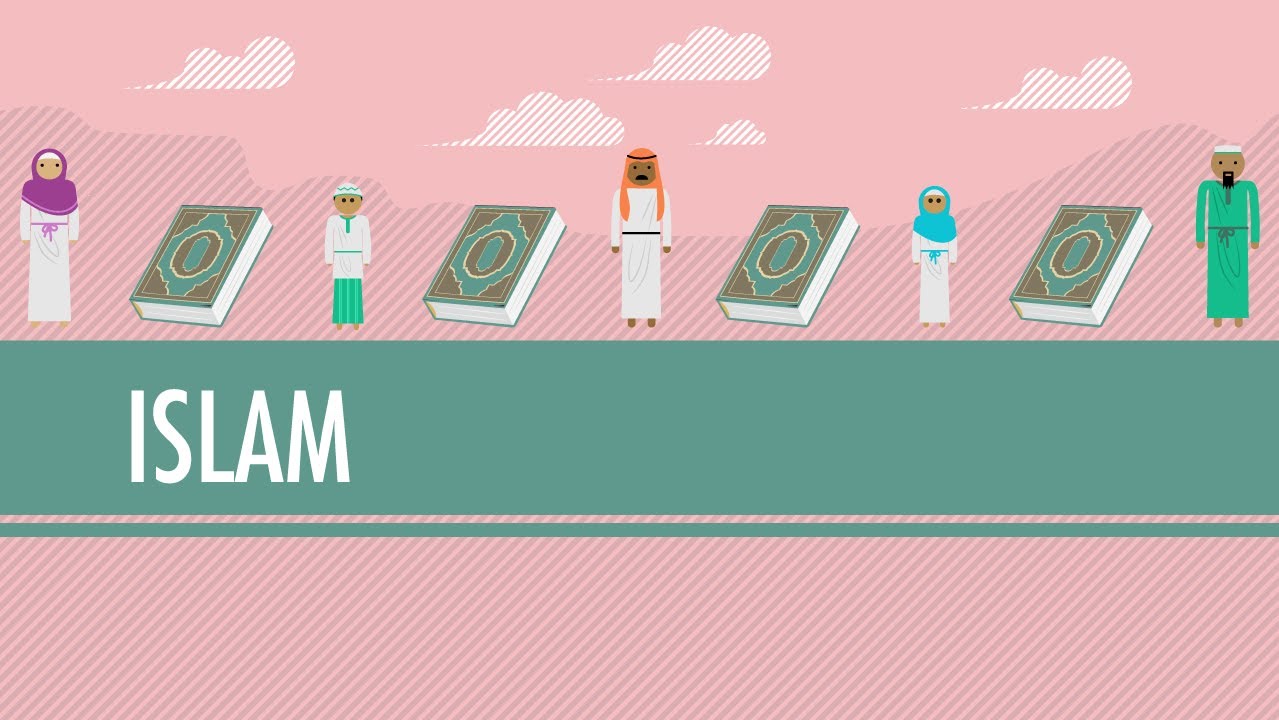Connected and Divided
500-1300
Europe in the Post Classical period lays the foundation for the Europe that will come to dominate world affairs. If you are picking a period where Europe (and specifically Western Europe) is the least important in World History, this may be it. Medieval Europe refers to the time between the fall of Rome and the reemergence of Europe during the Early Modern Period around the 15th Century. Although not as important as Muslims, Mongols, or the Chinese in the period, it remains foundational to understand them in the next few periods into the 21st Century.
Geography of Europe from the Fall of Rome until 1492...

Learning Objectives:
- Describe European society after the breakup of the Roman Empire
- Compare the diverse legacies of Rome in Western Europe and the Byzantine Empire
- Explore Medieval European expansion
- Evaluate the backwardness of medieval Europe relative to other civilizations, and...
- Analyze the steps by which Europe caught up to the East
Big Picture Questions:
- How did the histories of the Byzantine Empire and Western Europe differ during the era of 3rd Wave Civilizations?
- What accounts for the different historical trajectories of these 2 expressions of Christendom?
- How did Byzantium and Western Europe interact with each other and with the larger world of the post-classical era?
- Was the civilization of the Latin West distinctive and unique, or was it broadly comparable to other 3rd Wave civilizations?
- How does the history of the Christian world in the postclassical era compare with that of Tang and Song dynasty China?
Key Terms:
- Aristotle (Classical Greek Learning)
- Byzantine Empire
- caesaropapism
- Charlemagne
- Eastern Orthodox Christianity
- Roman Catholic Christianity
- Constantinople
- Crusades
- Cyril and Methodius
- Cyrillic
- European cities
- Greek fire
- guild
- Holy Roman Empire
- "hybrid civilization"
- iconoclasm
- indulgence
- Justinian
- Kievan Rus
- natural philosophy
- Otto I
- system of competing states
- Vikings
- Vladimir, prince of Kiev









